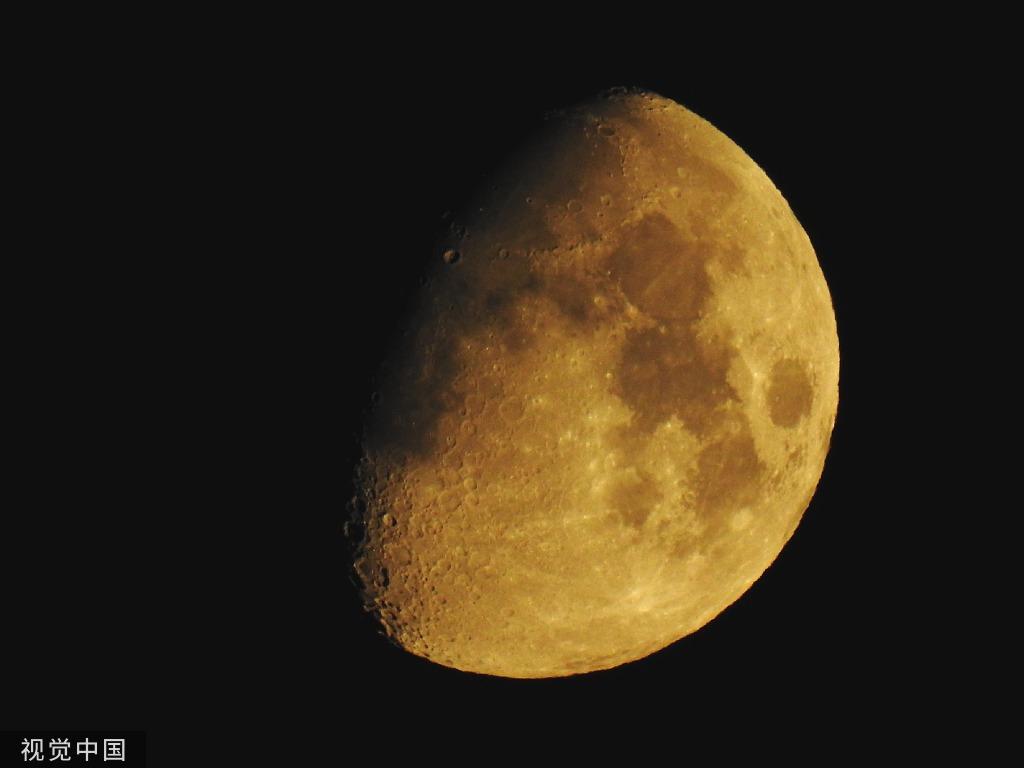Long March 10 rockets to carry astronauts, landing module to lunar orbit before 2030
 (PHOTO / VCG)
(PHOTO / VCG)
China made public on Wednesday specific designs for its manned lunar mission, which is scheduled to be achieved before the end of this decade.
Speaking at a space industry forum in Wuhan, Hubei province, Zhang Hailian, deputy chief planner at the China Manned Space Agency, said the plan is to launch two Long March 10 carrier rockets from the Wenchang Space Launch Center in Hainan province to transport a lunar landing module and a manned spacecraft to lunar orbit.
After reaching their preset orbital positions, the landing module and the spacecraft carrying astronauts will rendezvous and dock with each other. The crew will enter the landing module, which will then undock and descend toward the lunar surface for an engine-assisted soft landing.
On the moon, the astronauts will drive a rover to carry out scientific tasks and collect samples. Upon the completion of their assignments, they will return to the landing module, which will fly them back to lunar orbit and dock with their spacecraft.
In the final stage, the astronauts will carry the samples into their spacecraft, which will then undock and carry the crew back to Earth.
"To achieve this goal, designers and engineers are developing the Long March 10 rocket. The model will have three-and-a-half stages and a liftoff weight of about 2,200 metric tons, capable of sending a 27-ton spacecraft into the lunar transfer orbit," Zhang said.
The manned spacecraft for the mission is in the middle of its research and development stage, according to Zhang.
"It will have an overall weight of 26 tons and will consist of three components — an escape tower, a reentry capsule and a service section," he said, adding that the new spaceship will feature reusability and modular designs that suit both near-Earth and deep-space explorations.
According to the space agency, the landing module will have two parts — a landing section and a propulsion section — and will weigh nearly 26 tons. It will accommodate two astronauts. The four-wheeled moon rover will weigh 200 kilograms and carry a host of scientific equipment.
In the long term, China intends to construct a lunar scientific outpost to conduct extended explorations and technology demonstration operations, Zhang said.
"The moon is the nearest extraterrestrial body that humans can reach based on current technologies. Manned missions to the moon will be a realistic and practical step... to start with (in order) to expand our exploration endeavors in deep space.
"Meanwhile, it is scientifically meaningful for us to continue to explore the moon because it will help scientists better understand the origin and the evolution of the solar system as well as the composition of planets," Zhang said.
The massive project will welcome international cooperation and the participation of private enterprises, he added.
Lin Xiqiang, deputy director of the space agency, said in May that in order to achieve the goal of a manned moon landing before 2030, scientists and engineers would develop a commuting system and short-term stay system for crew members, and would work out human-robot integrated testing and other key technologies.


